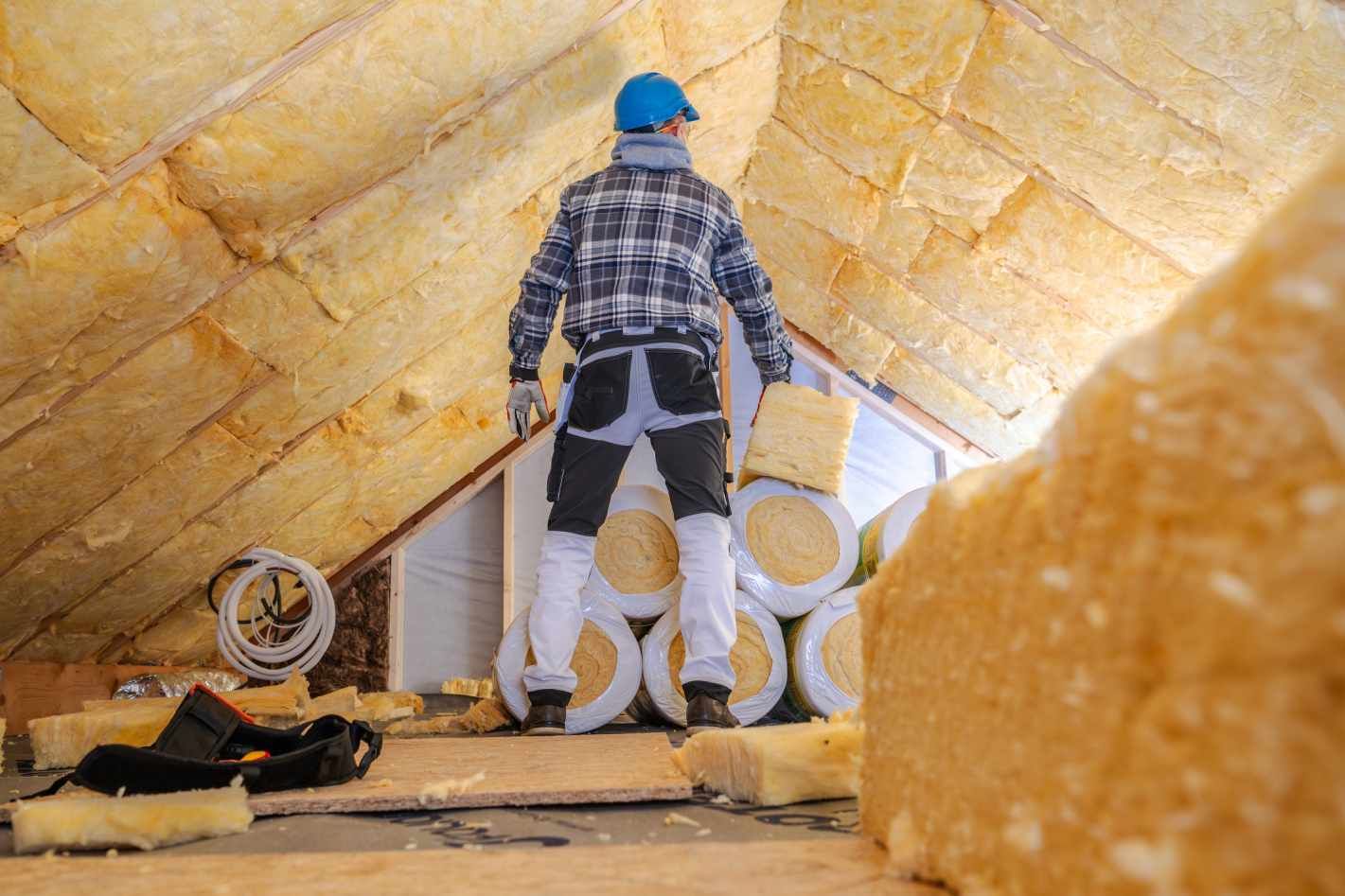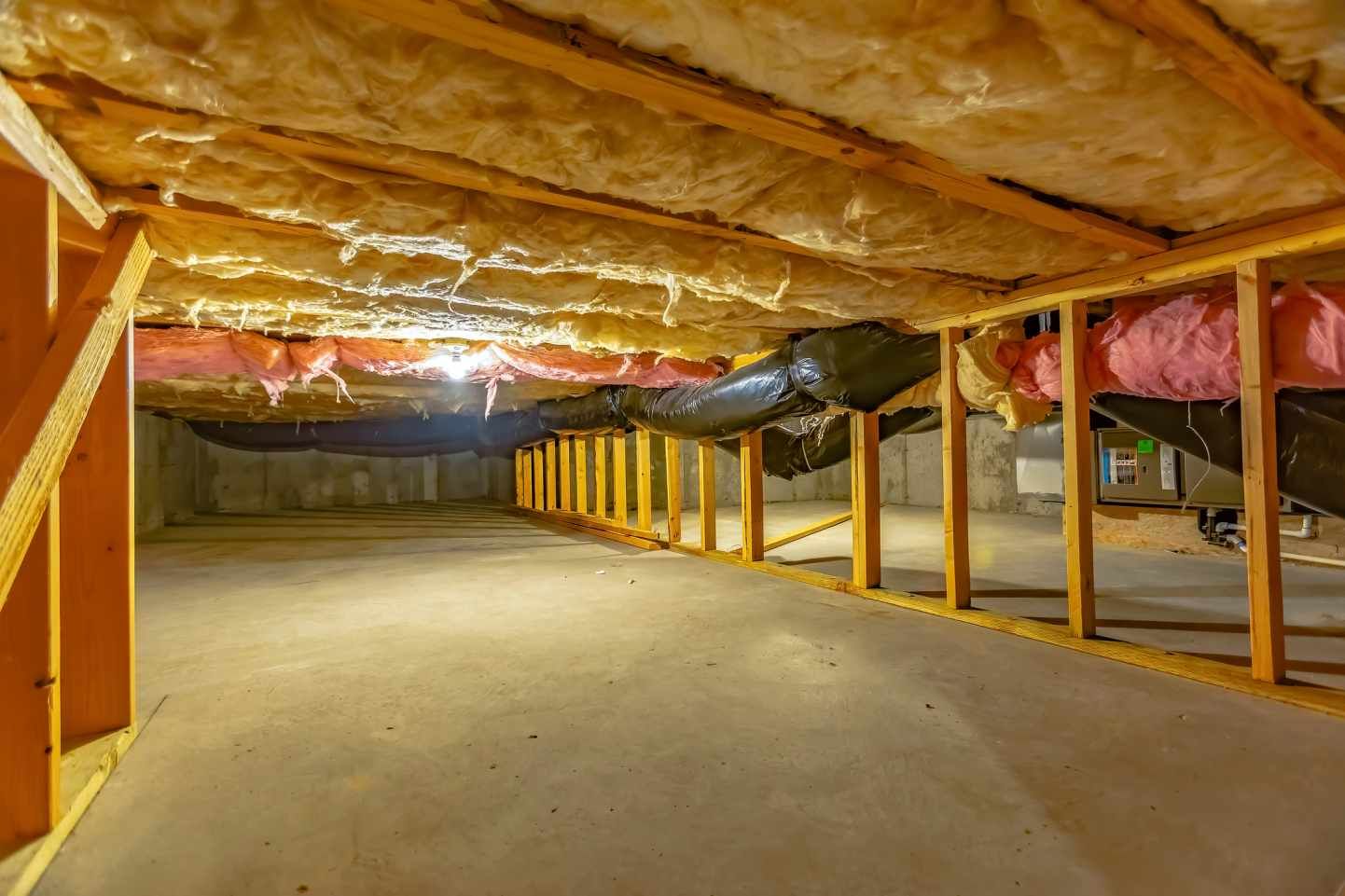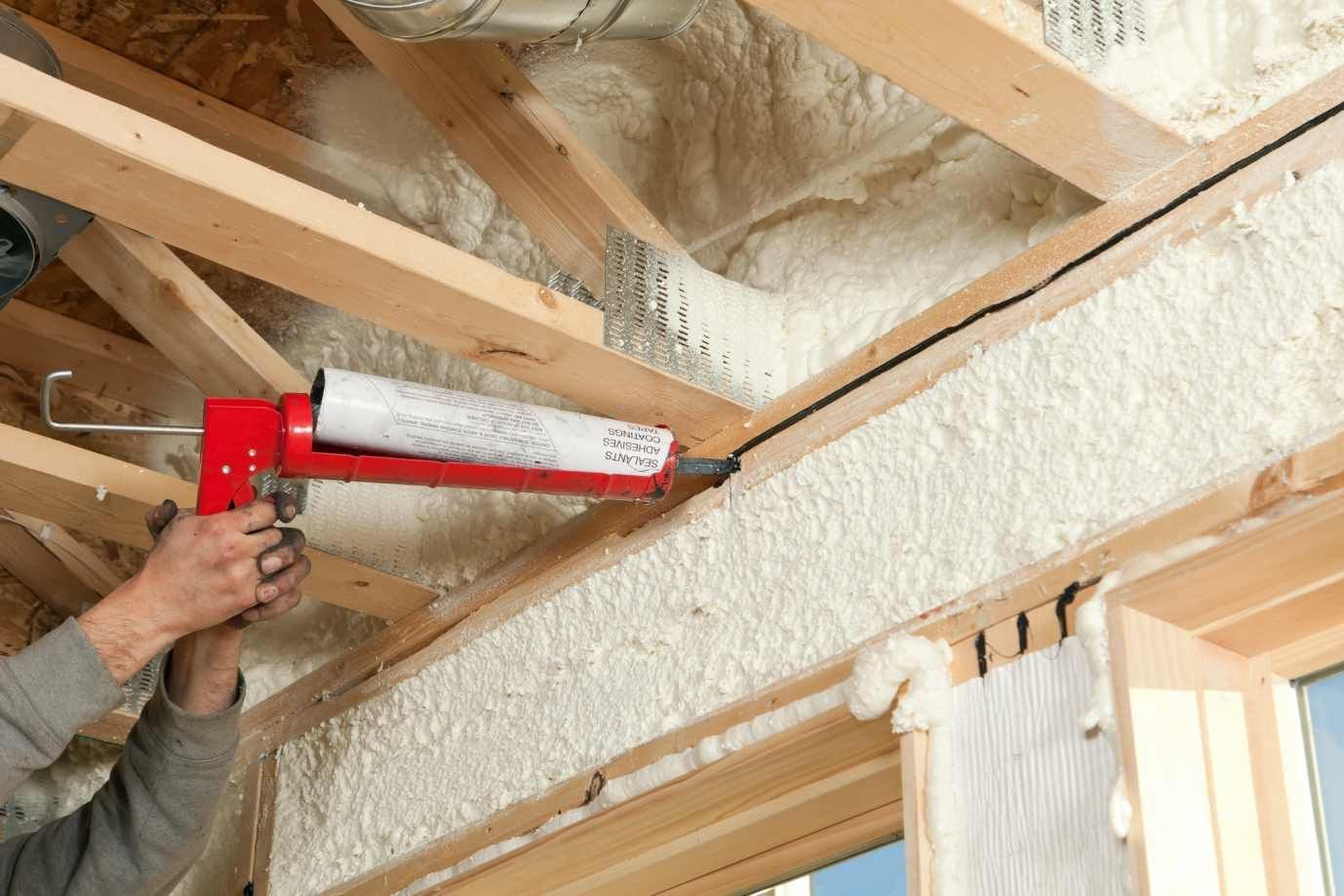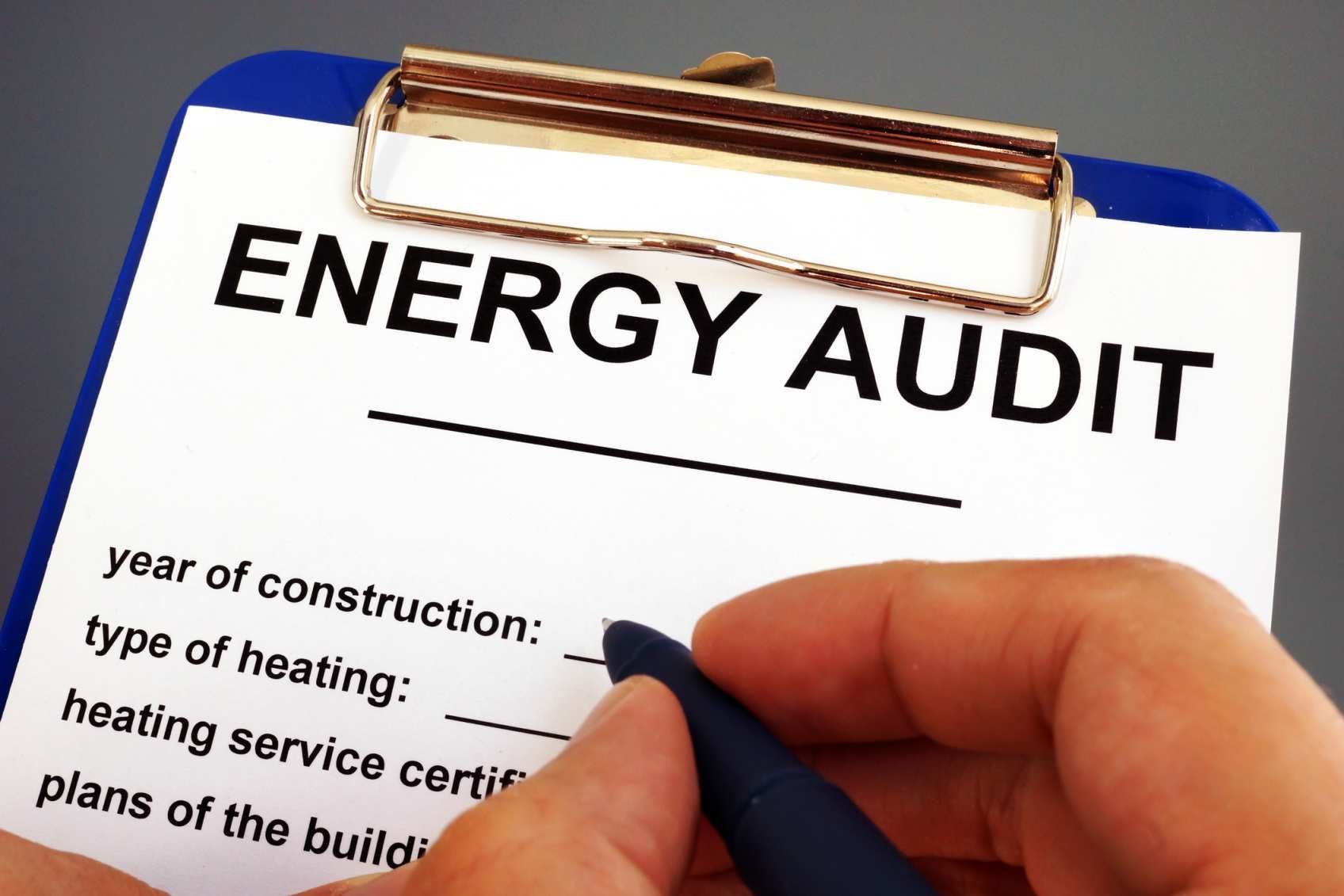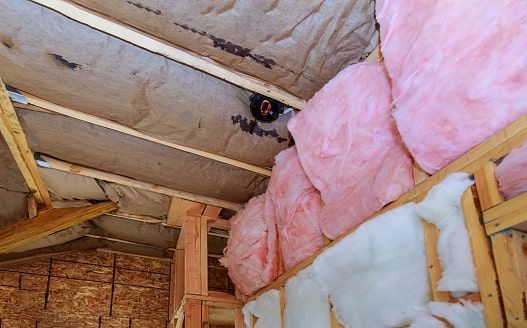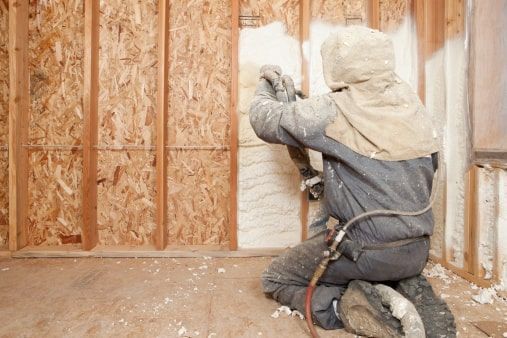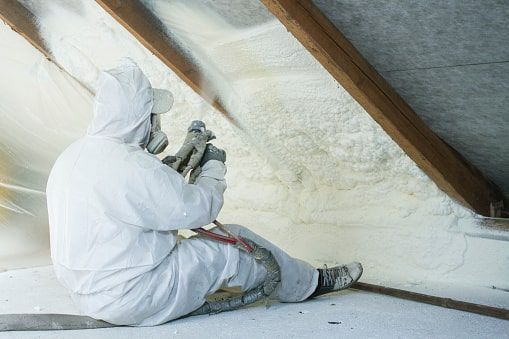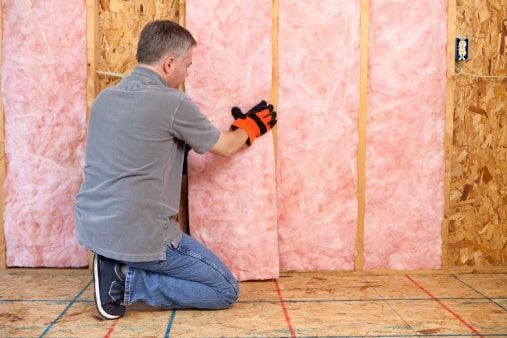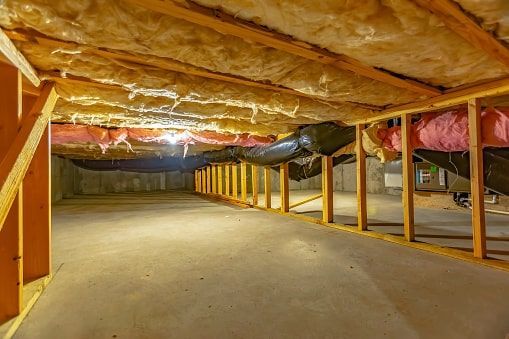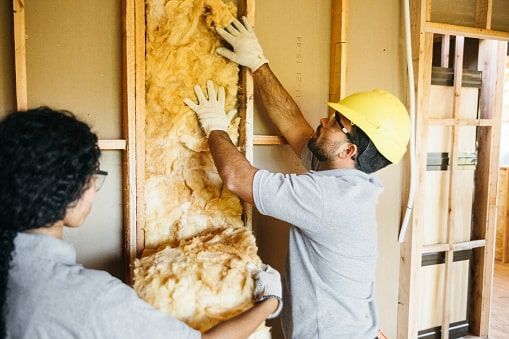The Importance of Air Sealing in Home Insulation
Are you looking for ways to cut heating and cooling costs? The trick is to reduce your home’s heat loss. You might assume this means adding more insulation, but before you do, take time to seal gaps and cracks in your home’s structure.
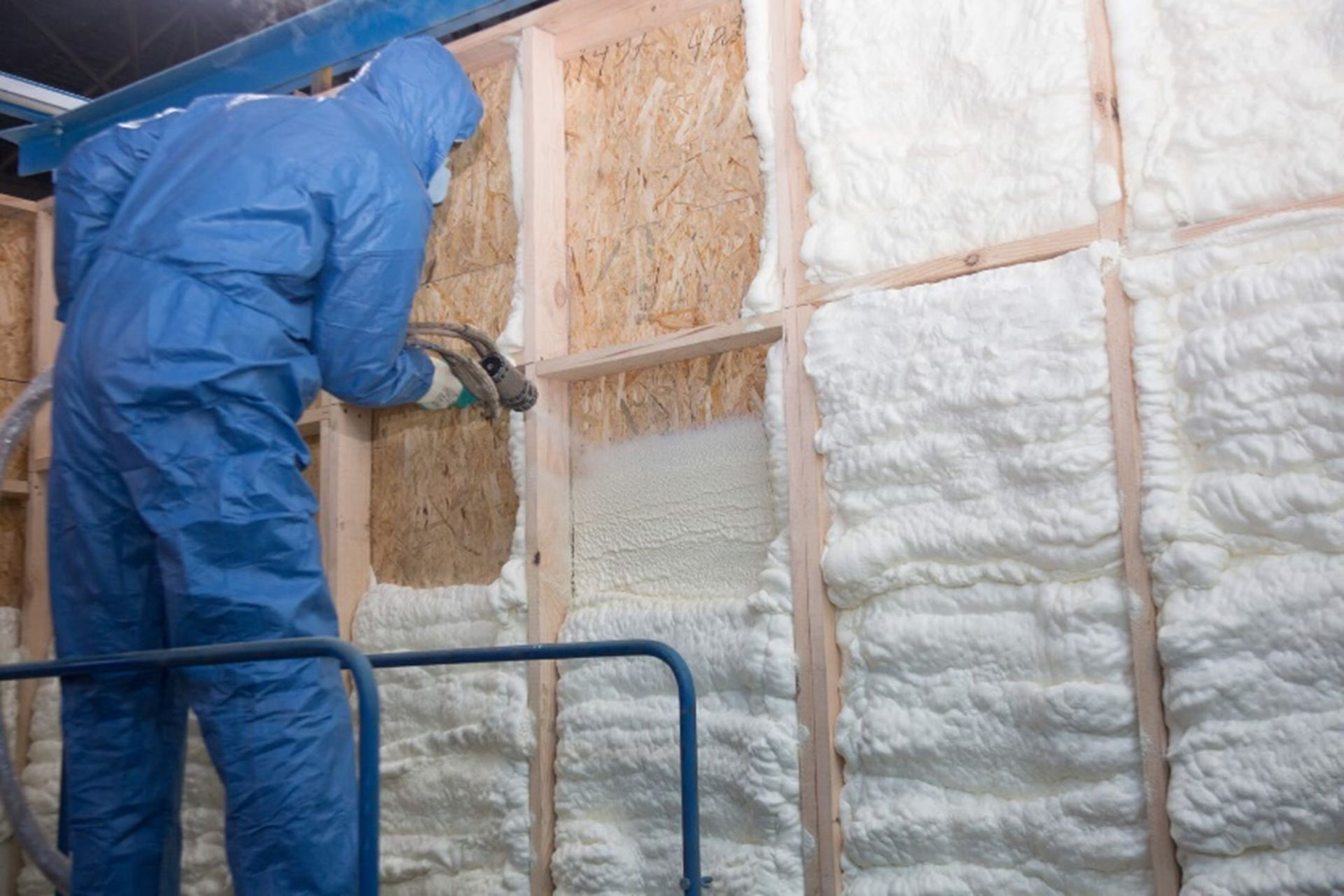
Signs Your Home Has Air Leaks
Some homes are more tightly constructed than others. How do you know if yours could use an insulation performance boost? Here are some common indicators:
- Drafty rooms: Feeling unpleasant drafts while the windows and doors are closed suggests air leaks.
- High energy bills: Inexplicably high heating or cooling costs may indicate your HVAC system is compensating for escaping air.
- Uneven temperatures: Noticeable temperature differences between rooms may result from localized air leaks.
Common Areas for Air Leaks
All buildings tend to leak in the same places. Pay close attention to these particular spots:
- Attic floor: Gaps around plumbing vents, recessed lighting, and the attic hatch are common culprits.
- Windows and doors: Cracks between the frame and the wall and gaps when the window or door closes can allow air to pass through.
- Exterior wall penetrations: Electrical outlets, switch plates, vent openings, and utility lines can be hidden sources of air leaks.
- Basement: The junction where the concrete foundation meets the wood framing is a common leakage point.
Why Air Seal Before Installing New Insulation?
If you’re thinking of adding or upgrading your home’s insulation, seal the air leaks first. Insulation slows heat transfer but doesn’t stop air movement, meaning conditioned air can still escape. Taking the time to seal your home offers these benefits:
- Improved insulation effectiveness and enhanced energy efficiency
- Lower utility bills resulting from reduced heat loss
- More consistent indoor temperatures across all rooms
- Protection against mold growth and structural damage caused by moisture infiltration
- Less wear and tear on HVAC equipment for a longer lifespan
Tips for Sealing Attic Floor Penetrations
The attic is a common place to retrofit existing homes with more insulation. But first, follow these air-sealing tips to enhance insulation performance:
- Identify leaks: Remove existing insulation, if present, and check for gaps around anything that penetrates the floor, including plumbing vents, electrical wiring, chimney chases, and recessed light fixtures.
- Use appropriate materials: Caulk is suitable for small gaps less than 1/4 inch wide, while expanding spray foam is better for larger openings.
- Seal recessed lights: Install airtight, insulated covers over recessed lights to prevent air leakage.
- Seal the attic hatch: Insulate the attic access door and attach weatherstripping to create an airtight seal.
Professional Air Sealing and Home Insulation
For optimal results, consider hiring a professional to seal and insulate your home. Titanium Insulation is fully licensed, bonded, and insured to perform a job well done. We have years of combined industry experience and are recognized as one of Chicagoland’s most trusted insulators. Our dedicated team exceeds customer expectations and treats every home with care and respect. Contact us today for a free air sealing and insulation estimate in the Greater Chicago area.
